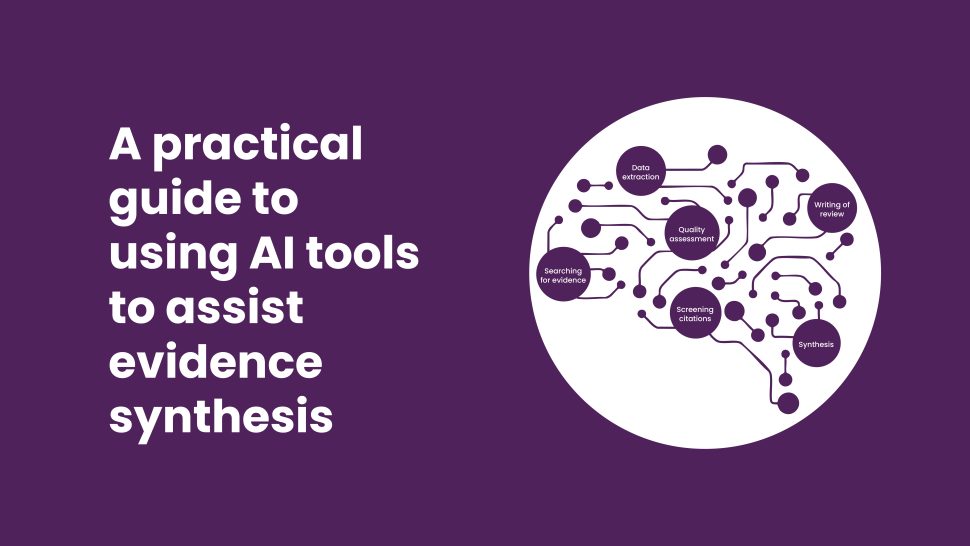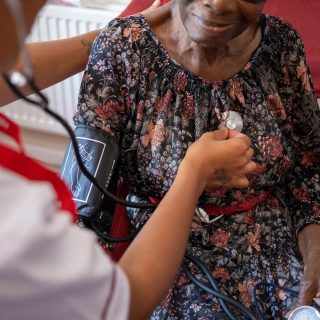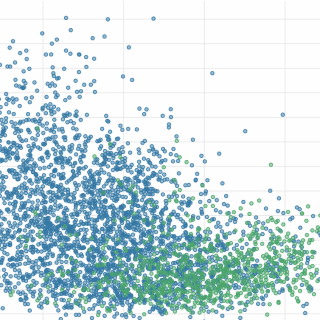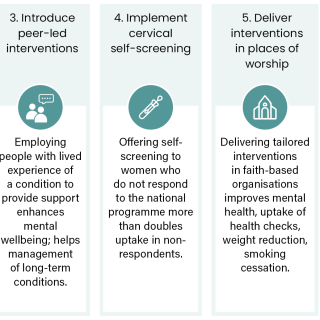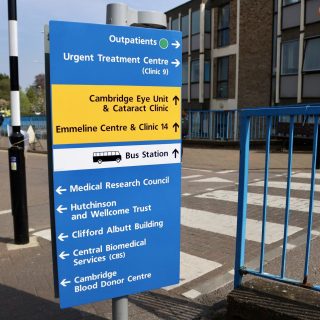What works: Leveraging Quality Improvement to address health and care inequalities
Quality improvement (QI) seeks to enhance care but does not consistently consider equity, leading to potential intervention-generated inequalities. This brief summarises the evidence on what works to ensure that QI addresses inequalities, categorising approaches that improve or worsen them.


